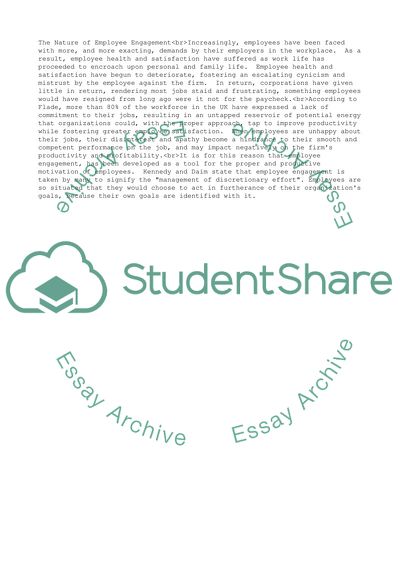Cite this document
(“Employee Engagement in Sainsburys Supermarkets Dissertation”, n.d.)
Employee Engagement in Sainsburys Supermarkets Dissertation. Retrieved from https://studentshare.org/business/1563943-employee-engagement-in-sainsburys-supermarkets
Employee Engagement in Sainsburys Supermarkets Dissertation. Retrieved from https://studentshare.org/business/1563943-employee-engagement-in-sainsburys-supermarkets
(Employee Engagement in Sainsburys Supermarkets Dissertation)
Employee Engagement in Sainsburys Supermarkets Dissertation. https://studentshare.org/business/1563943-employee-engagement-in-sainsburys-supermarkets.
Employee Engagement in Sainsburys Supermarkets Dissertation. https://studentshare.org/business/1563943-employee-engagement-in-sainsburys-supermarkets.
“Employee Engagement in Sainsburys Supermarkets Dissertation”, n.d. https://studentshare.org/business/1563943-employee-engagement-in-sainsburys-supermarkets.


